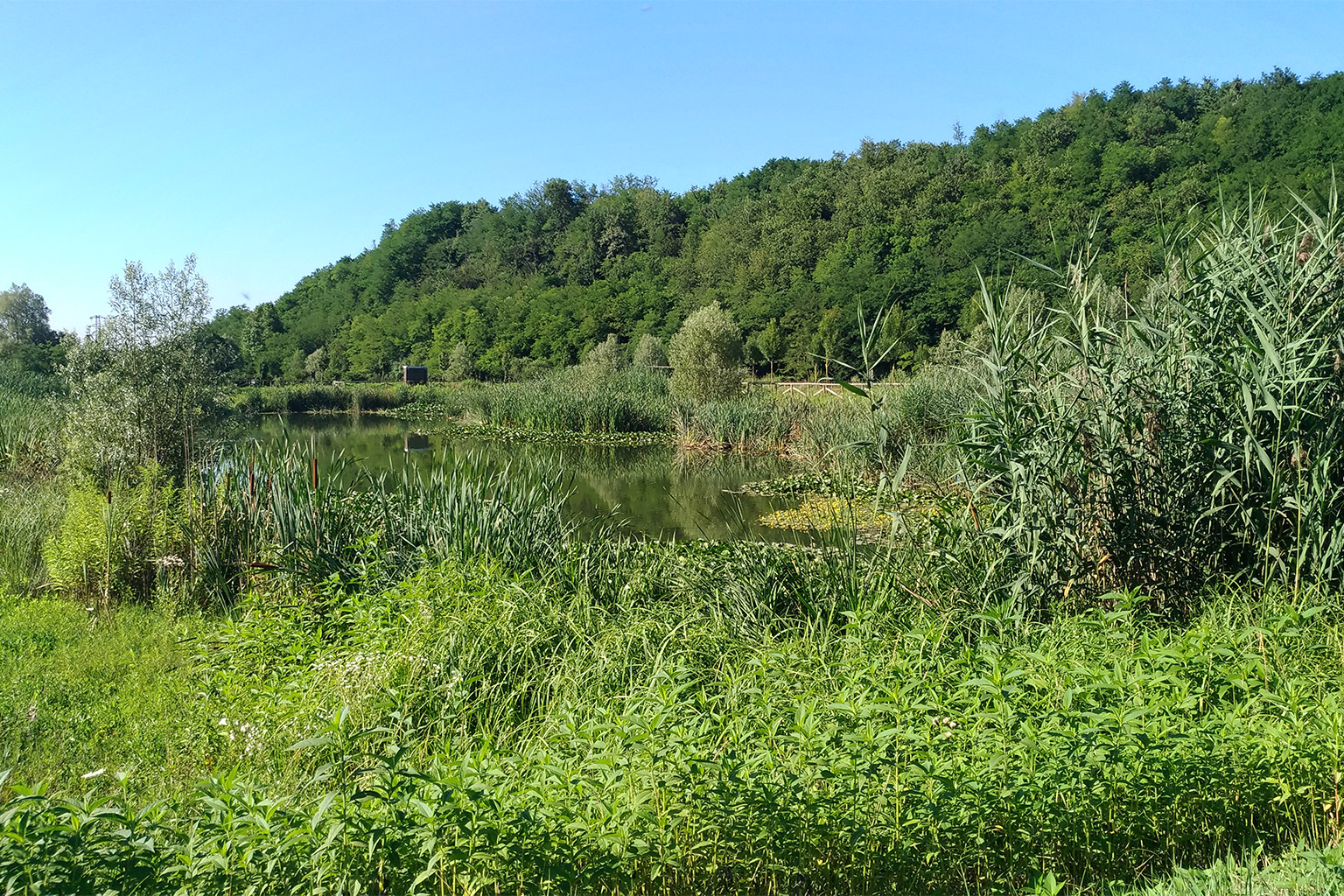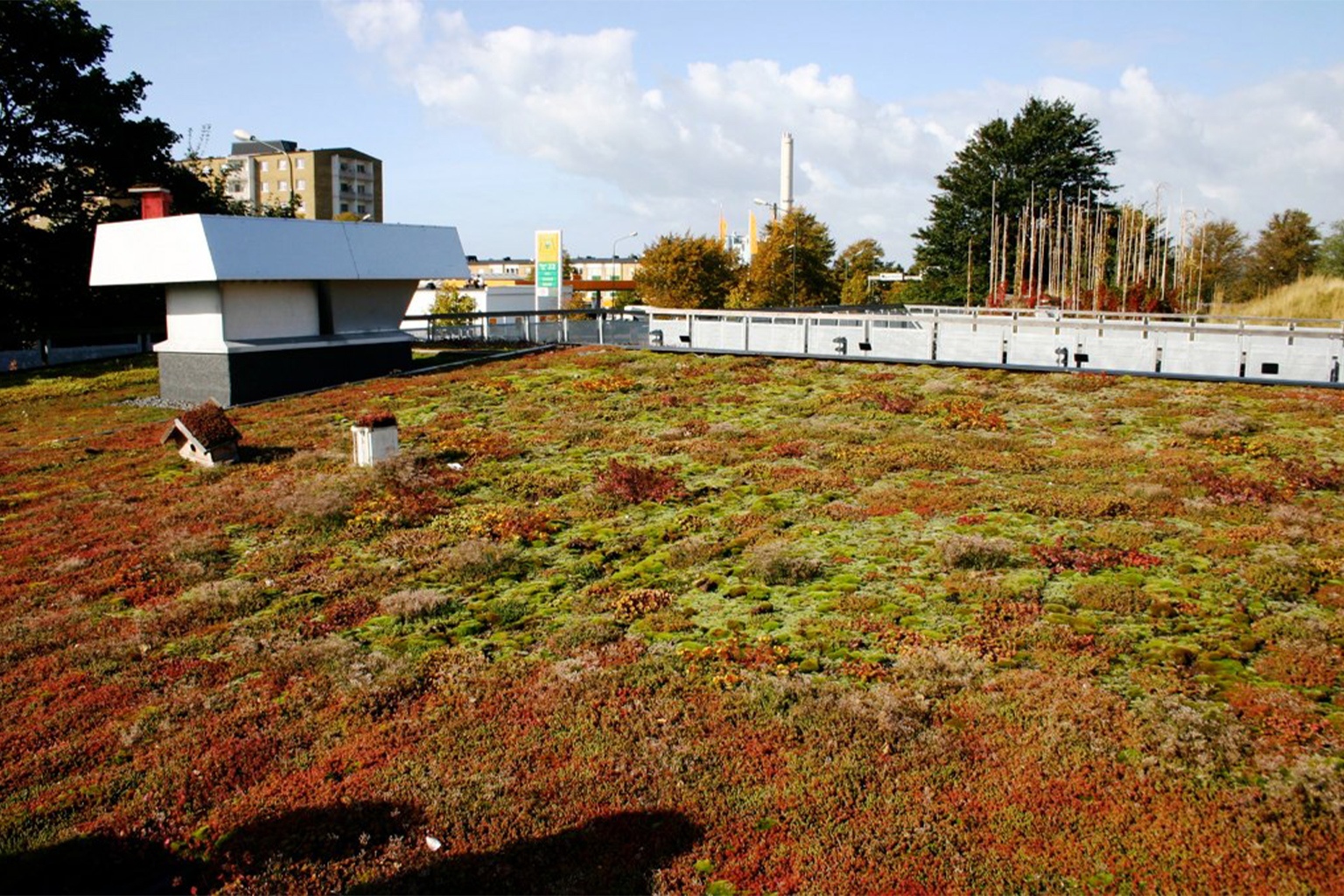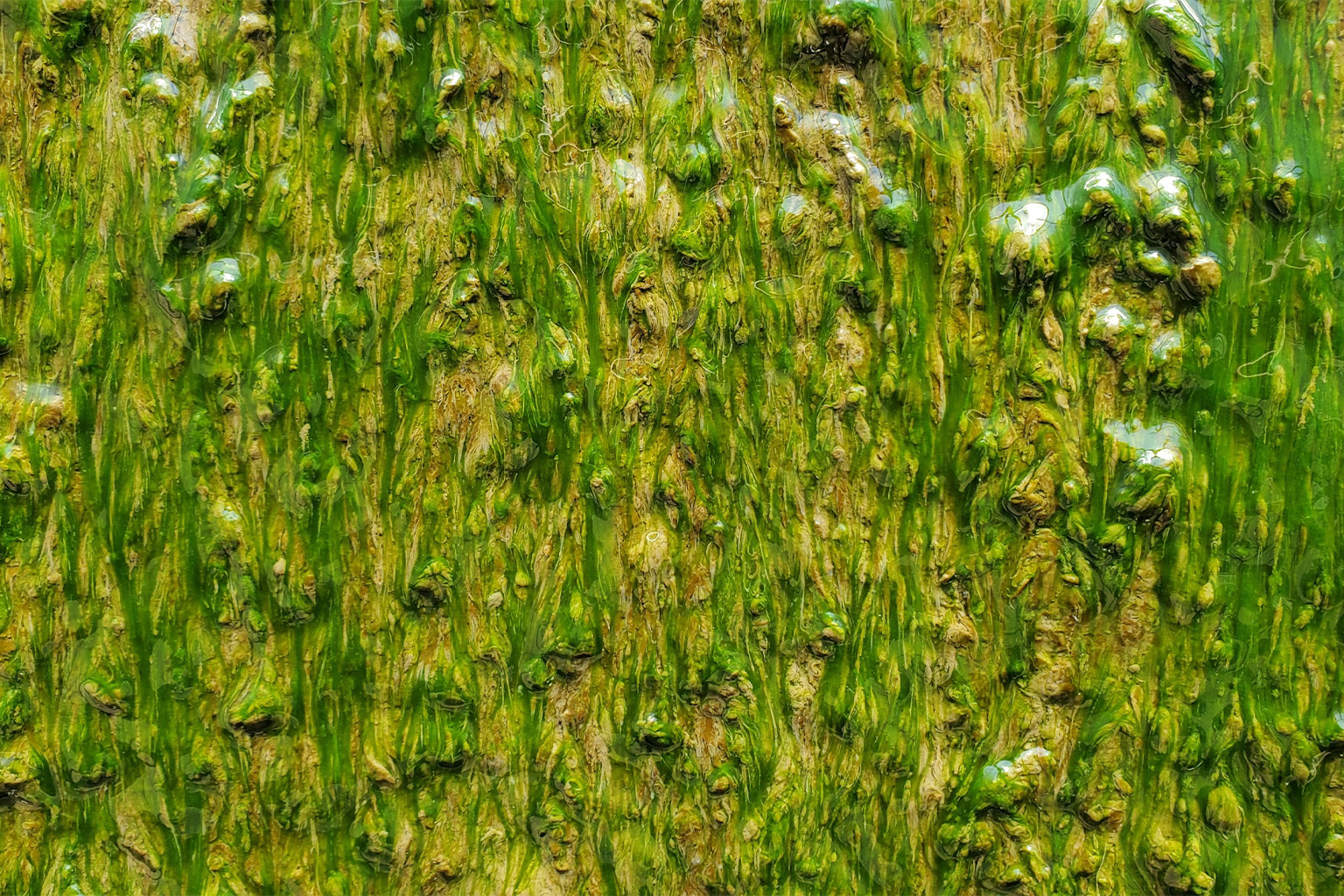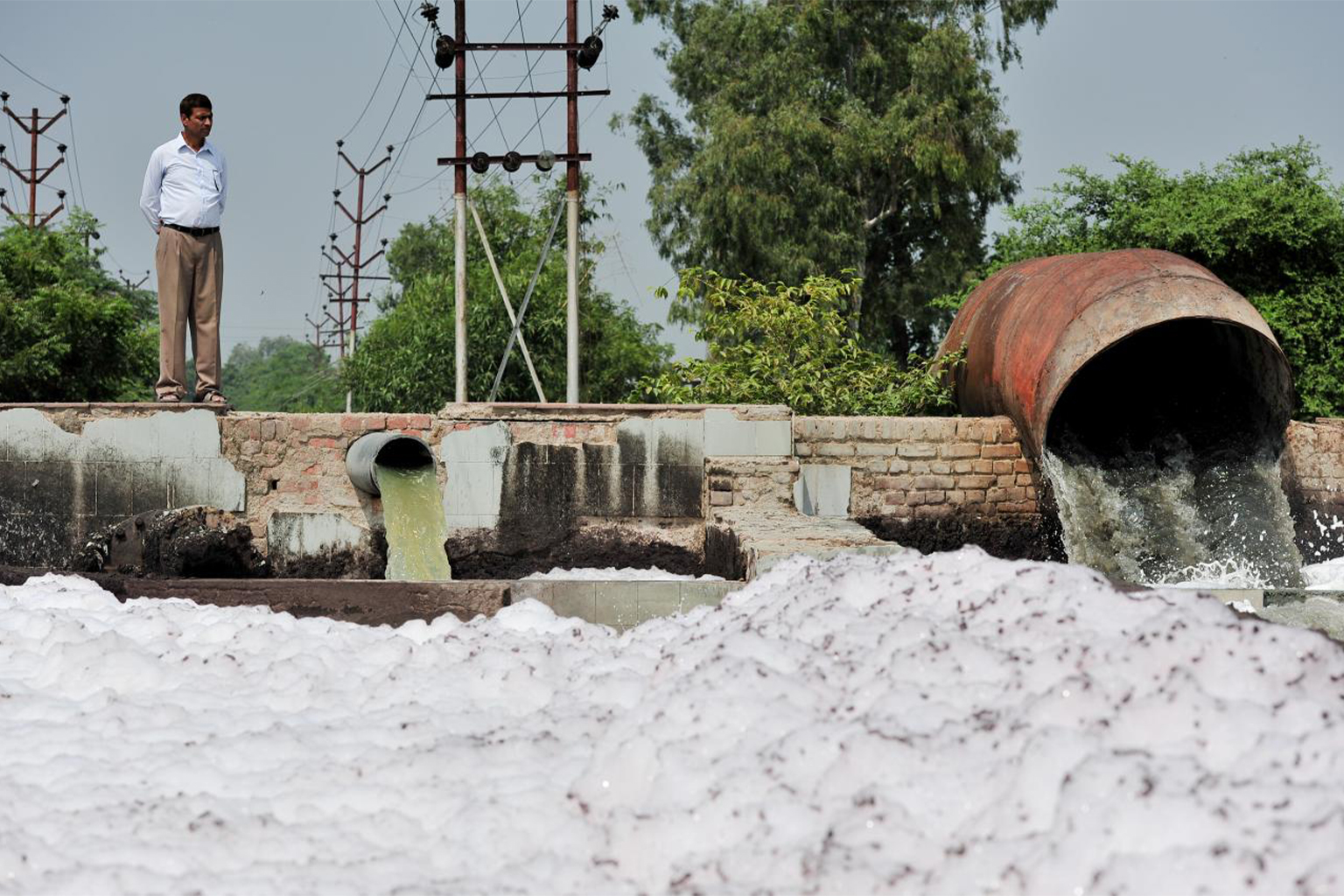
- The scale of the world’s human waste problem is vast, impacting human health, coastal and terrestrial ecosystems, and even climate change. Solving the problem requires working with communities to develop solutions that suit them, providing access to adequate sanitation and adapting aging sewage systems to a rapidly changing world.
- Decentralized and nature-based solutions are considered key to cleaning up urban wastewater issues and reducing pressure on, or providing affordable and effective alternatives to, centralized sewage systems.
- Seeing sewage and wastewater — which both contain valuable nutrients and freshwater — as a resource rather than as pollutants, is vital to achieving a sustainable “circular economy.” Technology alone can only get us so far, say experts. If society is to fully embrace the suite of solutions required, a sweeping mindset change will be needed.
The sum of human waste produced by 7.8 billion people is grossly impacting human health and the environment, with wastewater adding around 6.2 million tons of nitrogen to coastal waters annually, along with unknown amounts of other pollutants ranging from pharmaceuticals to microplastics.
Sewage and wastewater pollution are so bad, in fact, that they’re contributing to the destabilization of Earth’s safe operating systems, negatively impacting at least five planetary boundaries — polluting freshwater, oceans and land with nutrient overloads and other contaminants; harming biodiversity; and even adding to climate change.
But while wastewater pollution is a dangerous multiheaded hydra, there are a plethora of technologies and innovations being tested and implemented to tackle the crisis. The good news: each local solution that works, and can then be scaled up globally, offers an opportunity to start backing away from not just one planetary boundary breach, but several.
Efforts are currently underway across the world not only to treat wastewater and offer adequate sanitation, but also to recover and reuse the valuable nutrients and freshwater we flush away daily as waste.

Supporting communities, protecting ecosystems
About six in 10 people planetwide lack access to proper sanitation, according to USAID. In developing nations, where basic sanitation systems and waste treatment facilities are lacking, access to safe sanitation is a first vital step. Without such services, communities can be exposed to harmful bacteria and diseases, while ecosystems, such as coral reefs and seagrass meadows, can be overloaded with nitrogen and phosphorus nutrients, or threatened by toxic chemicals found in wastewater.
Many governmental organizations, including the United Nations and USAID, along with partner countries, are actively working to solve basic sanitation problems. The Coral Reef Alliance (CORAL) is just one example of an NGO catalyzing that effort. It supports communities, helping them find sanitation solutions that protect reefs. CORAL conservation director Helen Fox points to two such projects.
In Roatan, West End, Honduras, the NGO engaged local stakeholders and communities to make a moribund wastewater treatment facility operational. Since the site’s revival, pollution has been reduced and local beaches declared a blue flag area — safe for tourist use, providing obvious public health, business and economic benefits. A drop in disease occurred on coral reefs as well. Although not all this improvement is attributable to decreased waste pollution, it’s certainly a factor, says CORAL.
Similarly, in Puakō, on the Big Island of Hawai‘i, raw sewage presently seeps from community cesspools, aerobic treatment systems and septic systems into groundwater and flows directly into the ocean in as little as five hours after release — harming coral reefs and putting human health at risk. After several years of monitoring and discussion between CORAL, locals and government, $1.8 million in funding was approved in 2021 for the design of a wastewater treatment facility that could resolve the issue.
“I think it’s important to have the solutions be tailored to the problem,” Fox says. Doing so “can be a long process. But at the same time, there are examples of ecosystems bouncing back relatively quickly once that pollution threat is removed.”


Aging infrastructure, climate risks
A popular misconception has it that inadequate waste treatment is mostly a developing world problem. But antiquated, aging sewage treatment systems that service many developed countries, including the U.S., U.K. and EU nations, face equally serious waste conundrums.
The most daunting problem arose due to a late 19th– and early 20th-century treatment system design flaw known as the combined sewage overflow (CSO). These citywide systems send waste and stormwater through the same pipes, which works fine until rain falls hard (an increasingly common occurrence due to climate change). Then the onrush of filthy water must bypass overwhelmed sewage treatment plants, sending thousands of liters of raw or partially treated sewage into rivers, lakes and oceans.
More than 102 million cubic meters (27 billion gallons) of raw sewage and polluted stormwater discharge out of 460 CSOs into New York Harbor each year, according to Riverkeeper, an NGO protecting the Hudson watershed. Add to that 860 U.S. municipalities — including urban centers like Chicago and St. Louis — where CSOs are a priority water pollution concern. The issue also looms large in the European Union and Great Britain, where CSOs are counted in the tens of thousands.
CSOs are a legacy wastewater headache that can cost many billions of dollars per municipality to fix — a financial burden most cash-strapped metropolises can’t afford. One expensive solution: construct deep tunnels, which expand sewer storage capacity and, in theory, allow time for water to be treated and disposed of properly during storm events. One such system, successfully implemented in Milwaukee, has a storage capacity of 2 million cubic meters (520 million gallons). But it came at a high cost: more than $5 billion.
Such large-scale investments can’t be relied on to eliminate sewage outflows completely, and can themselves be overwhelmed by increasingly frequent extreme weather. In Indiana, the $2 billion DigIndy tunnel system, currently under construction and expected to be completed in 2025, aims to reduce CSO releases by up to 97%. The project, however, was designed using rainfall figures from the 1990s. Fears are that the capacity of the new tunnel will be outstripped by increasing precipitation in the state over coming decades. Climate projections around the world warn of many more extreme precipitation events, with multiple inch totals falling in just hours.
Other solutions are clearly needed. Some more expensive options include improved wastewater flow monitoring, separating storm and sewage pipe systems from one another, and expanding treatment facilities. Rapid water treatment technologies are also being developed.
Experts agree: there’s no one CSO solution, but rather a host of actions that must be taken. “It’s a combination of green and gray infrastructure,” says Barry Liner, chief technical officer at the Water Environment Federation.


Rethinking urban spaces: Thinking small
The human population is expected to reach 9.7 billion by 2050, with the number of people living in cities set to grow too, putting ever more pressure on sanitation systems. That, combined with the effects of climate change, make treating wastewater an escalating problem that threatens to overwhelm existing systems.
That’s why there’s an urgent need to rethink how cities are designed, says Aaron Tartakovsky, co-founder and CEO of Epic Cleantec. He calls sustainable water and wastewater management a “defining global challenge of the 21st century.”
As part of this new urban vision, Tartakovsky’s company has created a system that captures and treats water not at a centralized waste treatment plant, but at the buildings where waste originates. Once purified there, that water needn’t be disposed of; it is clean enough to be recycled for non-potable needs. Additionally, the process produces valuable natural fertilizers and heat energy — both of which can be used locally.
“Just as rooftop solar and distributed power generation helped to decentralize the electric grid, we believe that onsite water reuse can make water infrastructure more resilient,” Tartakovsky states. “We’re simply 10-15 years behind the energy folks.”

Decentralized systems are necessary to solve the wastewater pollution issue globally, agrees Riccardo Zennaro, a wastewater expert with the United Nations Environment Programme (UNEP).
“The problem with conventional systems, i.e., wastewater treatment, is that they are usually very expensive,” while being overly centralized and unable to deal with changing urban growth patterns. “In some areas, these [centralized systems] are not effective, and cannot be built because of circumstances and lack of financing,” he explains. “This is why going small is the most effective way.”
Harnessing nature-based solutions (NbS) to reimagine urban areas is considered a far more accessible and affordable option — especially for dealing with the pressing CSO problem. These techniques are defined by the International Union for the Conservation of Nature as “actions to protect, sustainably manage and restore natural or modified ecosystems that address societal challenges effectively and adaptively, simultaneously providing human well-being and biodiversity benefits.”
One NbS, green infrastructure, would revolutionize urban planning and design via constructed wetlands, neighborhood green spaces, rain gardens, roof gardens, bioswales, with the addition of rain barrels and cisterns, as well as permeable pavements to absorb, store and reuse stormwater flows.
Constructed wetlands, for example, are often “affordable, operable, and reliable,” says UNEP’s Zennaro, and can be operated at small or large scales, depending on need, and can be adapted to urban or rural environments.
These decentralized nature-based solutions can greatly reduce wastewater pollution, effectively removing pollutants including nitrogen and phosphorus, pathogens, and pesticides, and can complement existing treatment infrastructure. Other benefits, says Katharine Cross, a senior adviser at Water Cities, include flood mitigation, habitat and outdoor recreation creation, temperature regulation, and, in some cases, carbon sequestration.


An example is the Chulalongkorn Centenary Park in Bangkok. This watery open space, constructed in 2017, can collect, treat and hold up to 3,780 cubic meters (1 million gallons) of water, alleviating overstressed public sewage facilities during heavy rainfall, according to the U.N. Framework Convention on Climate Change. Consisting of wetlands to filter and purify water, a retention pond and underground storage tanks, the park supports treatment, reduces flooding risk, and provides a green space for city dwellers.
Cross was part of a team that published a review last year examining NbS sites around the world. “What we wanted to do was put together something that was quite practical, that would allow different users, especially wastewater utility, and municipalities that often operate wastewater plants or wastewater schemes to understand what the options are for using nature-based solutions,” she said.
To aid planners, an online tool is being developed by the Catalan Institute for Water Research and the EU-funded MULTISOURCE project; it will allow practitioners to identify which NbS might work best in their localities, thus scaling up local NbS across many nations.
But even NbS solutions are not without their limitations for wastewater management. Depending on site and solution used, NbS can have only limited success removing contaminants such as heavy metals or antibiotic-resistant genes. Another, often forgotten fact: These installations, while nature-based technologies, still require regular funding for maintenance and upkeep, adds Cross. Careful planning must be built into every design; that includes consideration of NbS limits, what waste can and can’t be treated, and how various solutions fit into nation-specific regulatory requirements, she explains.
A report by UNEP on NbS implementation in the Caribbean region — where an estimated 85% of wastewater flows into the ocean untreated — outlines the extensive potential environmental and community protections offered by NbS solutions. But that document also highlights the scale of the challenge: “Increasing education and awareness, improving planning and design, investing more resources in scientific analysis and monitoring, enhancing legal and regulatory functions, and developing dedicated funding for water health will all be necessary for NbS projects to succeed.”


Transforming our vision: From waste to resource
Experts say there’s only one way to truly deal sustainably with a pollution problem: Capture, transform and reuse all waste, turning it into a valuable resource. This vital 21st-century vision is encapsulated in the term “circular economy.”
Nitrogen and phosphorus, for example, are key resources contained within human waste. The amount of human excreta produced annually, now often polluting aquatic ecosystems, “has the potential to replace 25% of the nitrogen currently used to fertilize agricultural land in the form of synthetic fertilizers, and 15% of the phosphorus, along with enough water to irrigate 15% of all the currently irrigated farmland in the world,” says a UNEP report.
Solutions that strip nitrogen and phosphorus from wastewater currently exist, but they can be resource-intensive, energy-demanding and, in some cases, unsuitable for smaller treatment plants. Treatment plant upgrades could achieve important reductions, though more is needed.

A startup in the state of Iowa, U.S., has developed a Revolving Algal Biofilm system to not only remove nitrogen and phosphorus but enable wastewater reuse. Lateral conveyor belts, added to existing wastewater treatment plants, dip into wastewater. Algae living on those belts feed on the nutrients in the water. Once exposed to C02 and sunlight, the algae grow. “We’re then able to harvest the algae, process it, and sell it as a fertilizer,” says Max Gangestad, COO at Gross-Wen Technologies (GWT) the company promoting this innovation.
“So now we can keep that nitrogen [and] phosphorus in our ecosystem,” Gangestad continues. While the system cannot remove all nitrogen and phosphorus, he adds, it can reduce it to low levels. GWT hopes to use this low-impact technology to turn the algae grown by the system into other products such as bioplastics or biofuel.
Properly treated and cleansed water can be reused for many purposes, including as drinking water — already a reality for millions around the world. In Singapore, an estimated 40% of the potable and non-potable water needs of the country’s population of 5.7 million comes from recycled sources. Dubbed “NEWater,” that proportion is due to increase to 55% by 2060. Similar advanced treatment facilities operate across the U.S., providing recovered drinking water to many thousands of households — with more on the way. California’s Orange County Water District, for example, is implementing a groundwater replenishment system to provide low-cost drinking water for 1 million people by 2023.
Recovering resources at the household level for those with limited or no access to sanitation is also on the horizon. The Bill and Melinda Gates Foundation has spent millions of dollars on its “reinventing the toilet” challenge to reimagine a system that can at once cleanse waste of human and environmental dangers, while also transforming human excreta into electricity, drinkable water, and fertilizers.

Talking waste
While solutions to wastewater and sewage pollution problems are many, several of the experts Mongabay interviewed agreed upon two points: Technology can only get us so far and changing public perception is crucial.
Aside from scatological humor, people typically avoid talking about bodily waste, and especially what happens to it once flushed. Overcoming this taboo with open discussion is vital to driving the societal change needed to solve the human waste problem, says Stephanie Wear, senior scientist and strategy adviser at The Nature Conservancy and co-founder of the Ocean Sewage Alliance.
“What I’ve learned from the work that we do is how much we forget to think about human behavior in all of this,” Wear says. “Behavior is as much a part of the solution as the technology. You have to get people to use it. You have to get people to want it.”
People are often more open-minded than expected, says Tartakovsky. “We have seen that the public is actually much more open to water reuse than the industry has historically believed.” For him, presenting the science well is crucial.
Despite the scope of the challenge, Wear and others are optimistic, believing things are moving in the right direction. Knowledge is increasing and innovations are being developed. Key to future progress are enhanced conversations and collaborations between the public and private sectors and other stakeholders, who must recognize both the human health and environmental impacts, and move cooperatively toward affordable solutions that can work at scale, she says.
“It’s never gonna get solved unless we start talking about things that make us a little squeamish. Maybe it’s a bit embarrassing,” Wear concludes. “But if we don’t talk about it, we can’t solve this problem.”

Banner image illustration by Maria Angeles Salazar/Mongabay.
Citations:
Wiegner, T. N., Colbert, S. L., Abaya, L. M., Panelo, J., Remple, K., & Nelson, C. E. (2021). Identifying locations of sewage pollution within a Hawaiian watershed for coastal water quality management actions. Journal of Hydrology: Regional Studies, 38, 100947. doi:10.1016/j.ejrh.2021.100947
Sengupta, S., Nawaz, T., & Beaudry, J. (2015). Nitrogen and phosphorus recovery from wastewater. Current Pollution Reports, 1(3), 155-166. doi:10.1007/s40726-015-0013-1
Bunce, J. T., Ndam, E., Ofiteru, I. D., Moore, A., & Graham, D. W. (2018). A review of phosphorus removal technologies and their applicability to small-scale domestic wastewater treatment systems. Frontiers in Environmental Science, 6. doi:10.3389/fenvs.2018.00008
Zhao, X., Kumar, K., Gross, M. A., Kunetz, T. E., & Wen, Z. (2018). Evaluation of revolving algae biofilm reactors for nutrients and metals removal from sludge thickening supernatant in a municipal wastewater treatment facility. Water Research, 143, 467-478. doi:10.1016/j.watres.2018.07.001
FEEDBACK: Use this form to send a message to the author of this post. If you want to post a public comment, you can do that at the bottom of the page.
Innovative sewage solutions: Tackling the global human waste problem
Source: Trends News

0 Comments